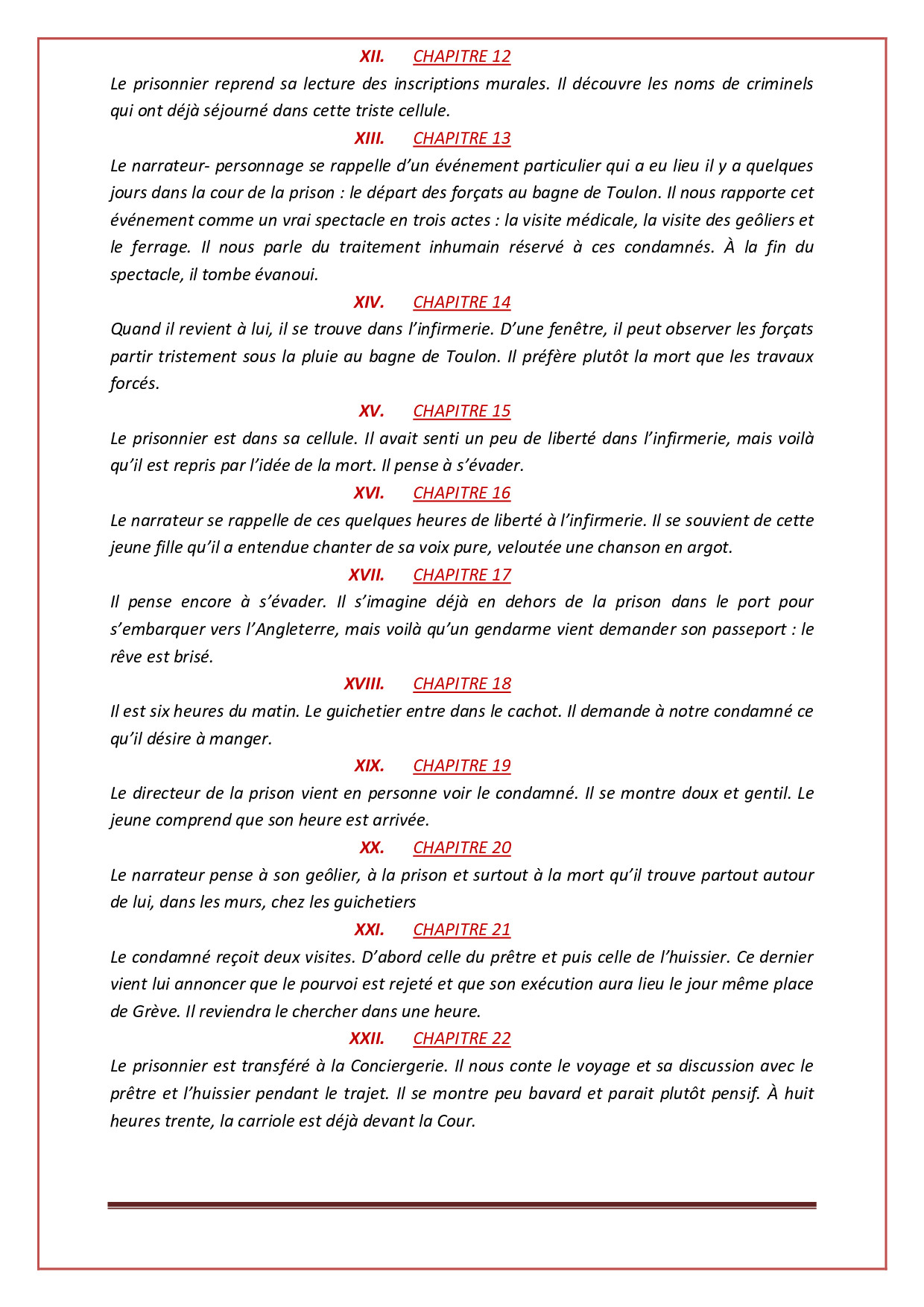

He has written several books and numerous articles on film and francophone culture. bill marshall is professor of modern French studies at the University of Glasgow. Drawing on a broad framework of theory and particularly indebted to the work of Gilles Deleuze and Félix Guattari, Quebec National Cinema makes a valuable contribution to debates in film studies on national cinemas and to the burgeoning interest in French studies in the culture and politics of la francophonie. Instead, he shows that while the allegory of nation marks Quebec film production, it also leads to a tension between textual and contextual forces, between homogeneity and heterogeneity, and between major and minor modes of being and identity. In the first comprehensive, theoretically informed work in English on Quebec cinema, Marshall views his subject as neither the assertion of some unproblematic national wholeness nor a random collection of disparate voices that drown out or invalidate the question of nation. He explores the faultlines of Quebec identity – its problematic and contradictory relationship with France, the question of native peoples, the influence of the cosmopolitan and pluralist city of Montreal, and the encounters between sexuality, gender, and nation traced and critiqued in women’s and queer cinemas. Surveying mostly fictional feature films, Marshall demonstrates how Quebec cinema has evolved from the innovative direct cinema of the early 1960s into the diverse canvas of popular comedies, glossy co-productions, and reworked auteur cinema of the postmodern 1990s. Tobie Lolness Chapitre 19 Resume.In Quebec National Cinema Bill Marshall tackles the question of the role cinema plays in Quebec’s view of itself as a nation. References īrian Busby, Character Parts: Who's Really Who in CanLit (2003) - ISBN9-8 Jutra and Hébert collaborated on the screenplay. In 1973 the novel was made into a film directed by Claude Jutra and starring Geneviève Bujold and Richard Jordan. The story is based on events surrounding the 1838 murder of Achille Taché, seigneur of Kamouraska, by George Holmes, an American doctor in love with Taché's wife, Josephte-Joséphine-Eléonore d'Estimauville. The book is used in many schools as a novel study. The narrative begins in the third person, but later switches to the viewpoint of Elisabeth telling her story in the first person.
#Kamouraska resume par chapitre series
The story is told in a series of flashbacks. The narrative begins with Elisabeth beside the deathbed of her second husband, Jérôme Rolland, a notary. Set in 19th century Quebec, it tells the story of a woman, Elisabeth D’Aulnières, who conspires with her lover, an American doctor, to kill her husband, the seigneur of Kamouraska. Written in French, the book has been translated into many languages. Kamouraska is a novel written by Anne Hébert and published in 1970. The mistress of Kamouraska and her double'.

Critique de la litterature quebecoise au Canada anglais', EF.

Chapter on 'Quebec and French Canada' (57-99).


 0 kommentar(er)
0 kommentar(er)
